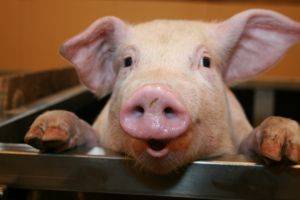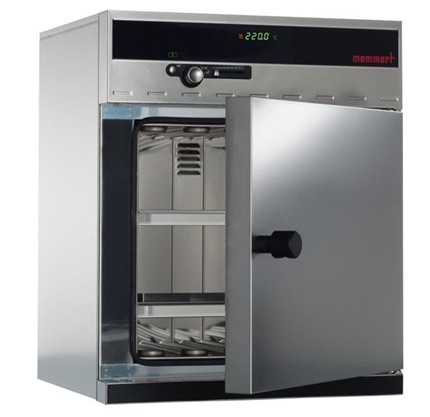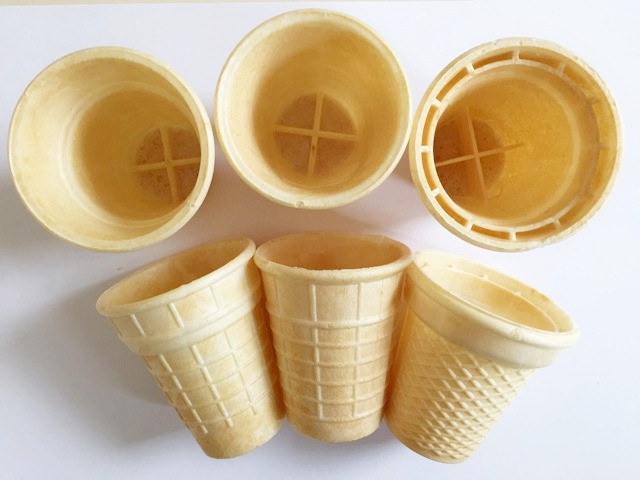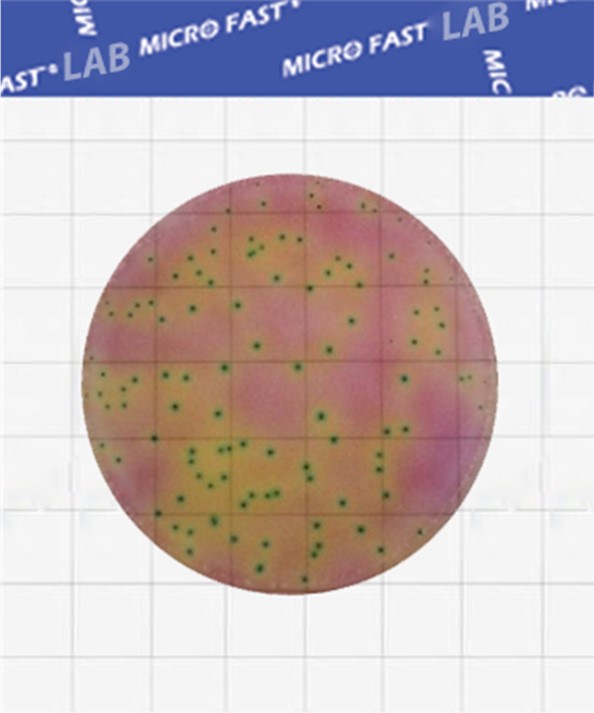Ukrainian crisis alerted Scottish farmers
In the Scottish red MEAT sector, pig producers are most exposed to higher prices in global grain markets, warns QMS economist Ian McDonald.
After two years of market volatility caused by the global CORONAVIRUS pandemic, some may have hoped for a calmer 2022 with more certainty. However, the Ukrainian crisis has led to renewed market turmoil across the red meat supply chain, which could lead to even more disruptions than the pandemic, Quality Meat Scotland (QMS) economist Ian McDonald predicts in his latest market commentary: “The current crisis has once again demonstrated the complexity global supply chains and that a sustainable and secure food supply must remain key.”
As the Black Sea region is one of the world's key grain EXPORT regions, the most obvious potential impact is the already tight balance of the grains and oilseeds market. The closure of Ukrainian ports and sanctions against RUSSIA could lead to a further reduction in the supply of grain to the world market by the end of the current marketing year and next, and difficulties with sowing and fertilizing spring crops in Ukraine will limit supplies in the next marketing year.
“Not surprisingly, prices in the futures markets have risen above already high levels. In London, contracts for May delivery are up a third since the start of the last week of February, while contracts for November 2022 and May 2023 are up about 20%. In some markets where the overall supply is not limited, the situation will eventually calm down as businesses adjust supply chains and change suppliers and logistics. As we have seen at different stages of the pandemic, this could lead to short-term price and availability volatility.”
In the Scottish red meat sector, pig producers are most exposed to rising prices in the global grain market. Feed costs have already risen to 70% of production costs at the end of 2021, with Defra's feed price report for the fourth quarter of 2021 showing an all-time high, up 12% year-over-year.
Cattle fatteners are also highly exposed to rising feed costs. For example, according to QMS Enterprise Profitability, to offset a 50% increase in feed costs, fatteners would need a price increase of 42p/kg for 382kg dwt U3 young stock; and that's before considering other production costs.
“At the same time, higher fuel and energy prices will increase refinery operating costs as well as transportation and distribution costs. The overall economic impact should also be taken into account, as a further surge in oil , gas and food prices leads to higher prices for goods and services throughout the economy.”
Energy costs were almost 25% higher than a year earlier in January, according to the ONS, while food prices rose 4.5%, with the impact of higher wheat prices still limited.
Meanwhile, in the fourth quarter of 2021, the average weekly income growth reported by the ONS slowed to 4.3%, with the Bank of England already forecasting a decline in household purchasing power this year.
“Unsurprisingly, consumer confidence has weakened, and pessimism has spread from worries about the overall economic situation to household finances. Data from ONS and Kantar have already shown that the significant rise in prices for beef and lamb has been a test of consumer loyalty and could lead to some price cuts for cheaper cuts, which will affect the balance of carcasses.”
Looking further, EU Commission data show that the EU is a major net exporter of pork to Ukraine and an importer of poultry meat. According to Mr. McDonald, the crisis will likely bring this trade to a halt, or at least significantly reduce it. However, at the same time, the EU population increased by 0.4% in two weeks, with growth of 3% in Slovakia and 3.7% in Poland.
“This will undoubtedly have some impact on the overall supply and demand for meat, as well as the types of products required in these countries,” the expert notes.
This may have affected the EU pork market as German pig purchase price quotes have risen by 30p to 35p per kg over the past two weeks, suggesting that the EU pork price may have jumped well above the UK price. However, the results of the December 2021 EU livestock survey showed an annual reduction of 5-6% in fattening pig categories, and this reduction in supply likely contributed to the rebalancing of market prices.
Regardless of the crisis, the EU beef market stabilized in the second half of 2021 and this continued until 2022. For example, the price of Irish bulls rose 4% in February, while in Germany the price of young R3 bulls exceeded 440p/kg and the price of O3 cows reached 325p/kg in Poland.
Mr McDonald notes that rising prices for cattle and pigs in the EU suggest that traders will have few cheap alternatives from the EU to negotiate price, helping to support prices in the domestic supply chain. This may have already supported slaughterhouse cow prices in Scotland, while farm hog prices have risen above their lows.





























































